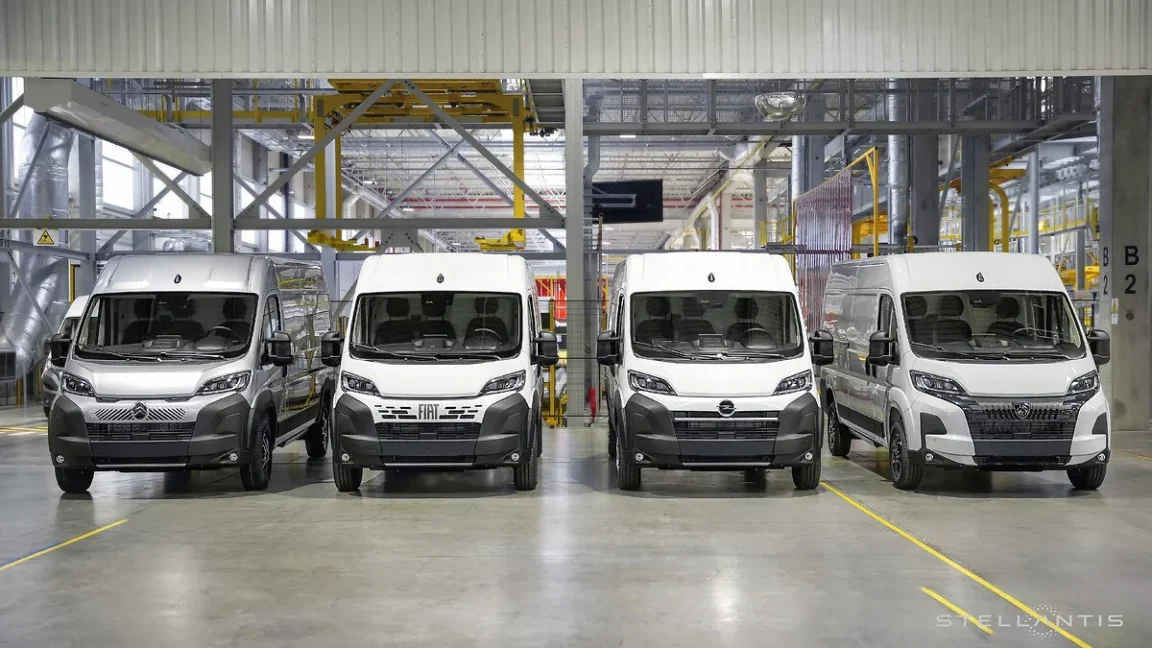- cross-posted to:
- hardware@lemmy.world
- cross-posted to:
- hardware@lemmy.world
To paraphrase Mean Girls, “stop trying to make hydrogen happen.”
For some years now, detractors of battery electric vehicles have held up hydrogen as a clean fuel panacea. That sometimes refers to hydrogen combustion engines, but more often, it’s hydrogen fuel cell electric vehicles, or FCEVs. Both promise motoring with only water emitted from the vehicles’ exhausts. It’s just that hydrogen actually kinda sucks as a fuel, and automaker Stellantis announced today that it is ending the development of its light-, medium- and heavy-duty FCEVs, which were meant to go into production later this year.
Hydrogen’s main selling point is that it’s faster to fill a tank with the stuff than it is to recharge a lithium-ion battery. So it’s a seductive alternative that suggests a driver can keep all the convenience of their gasoline engine with none of the climate change-causing side effects.
But in reality, that’s pretty far from true.



lol my wife literally was the project manager for a hydrogen site in Arizona. No clue where you got your information, but it’s just absolutely incorrect.
The United States Geological Service. Has put out several reports on the topic of geological hydrogen deposits and that was their conclusion in everyone.
A pocket producing an amount is not the same as a significant deposit.
Can you link one? A quick look gave this: